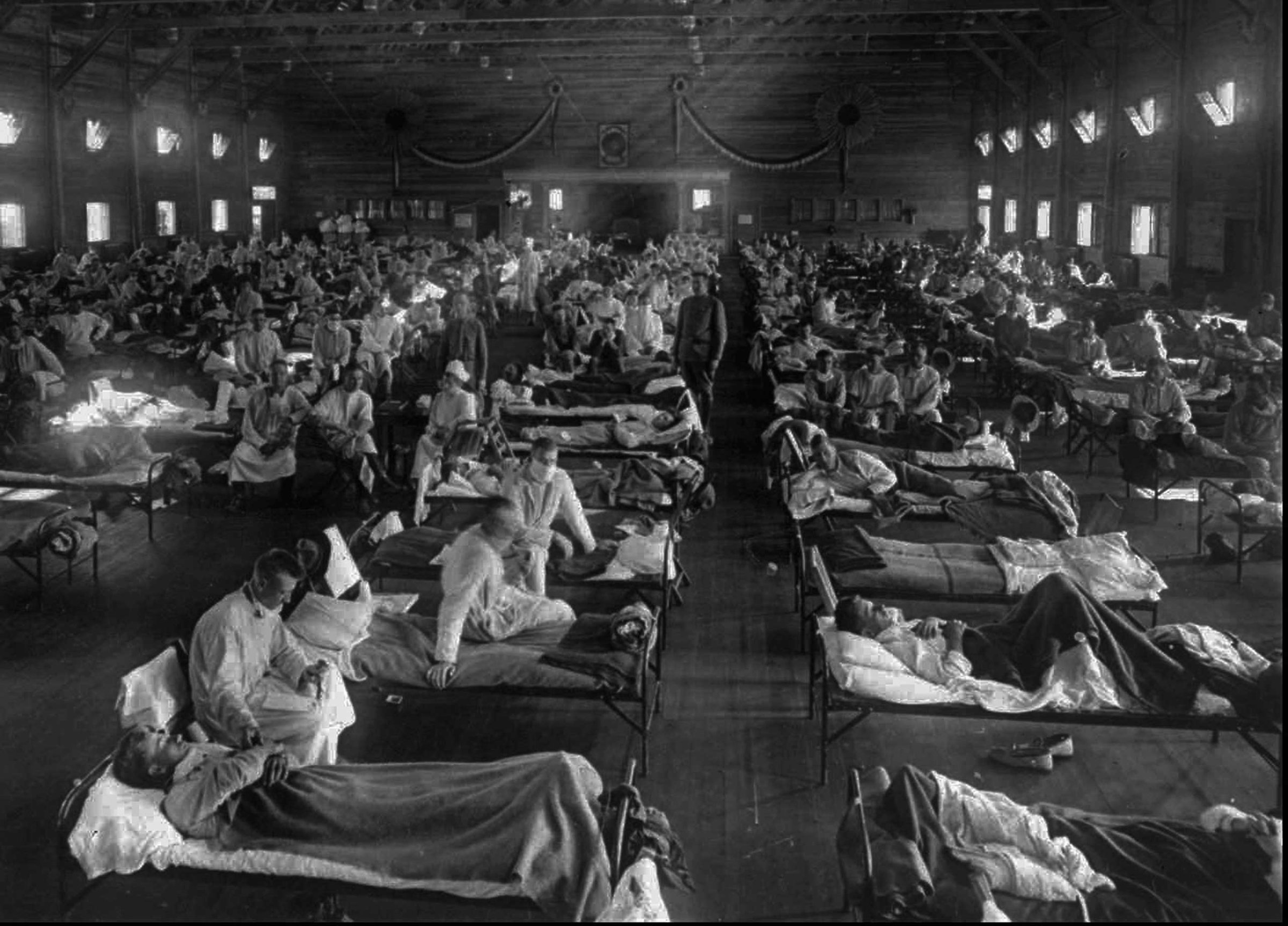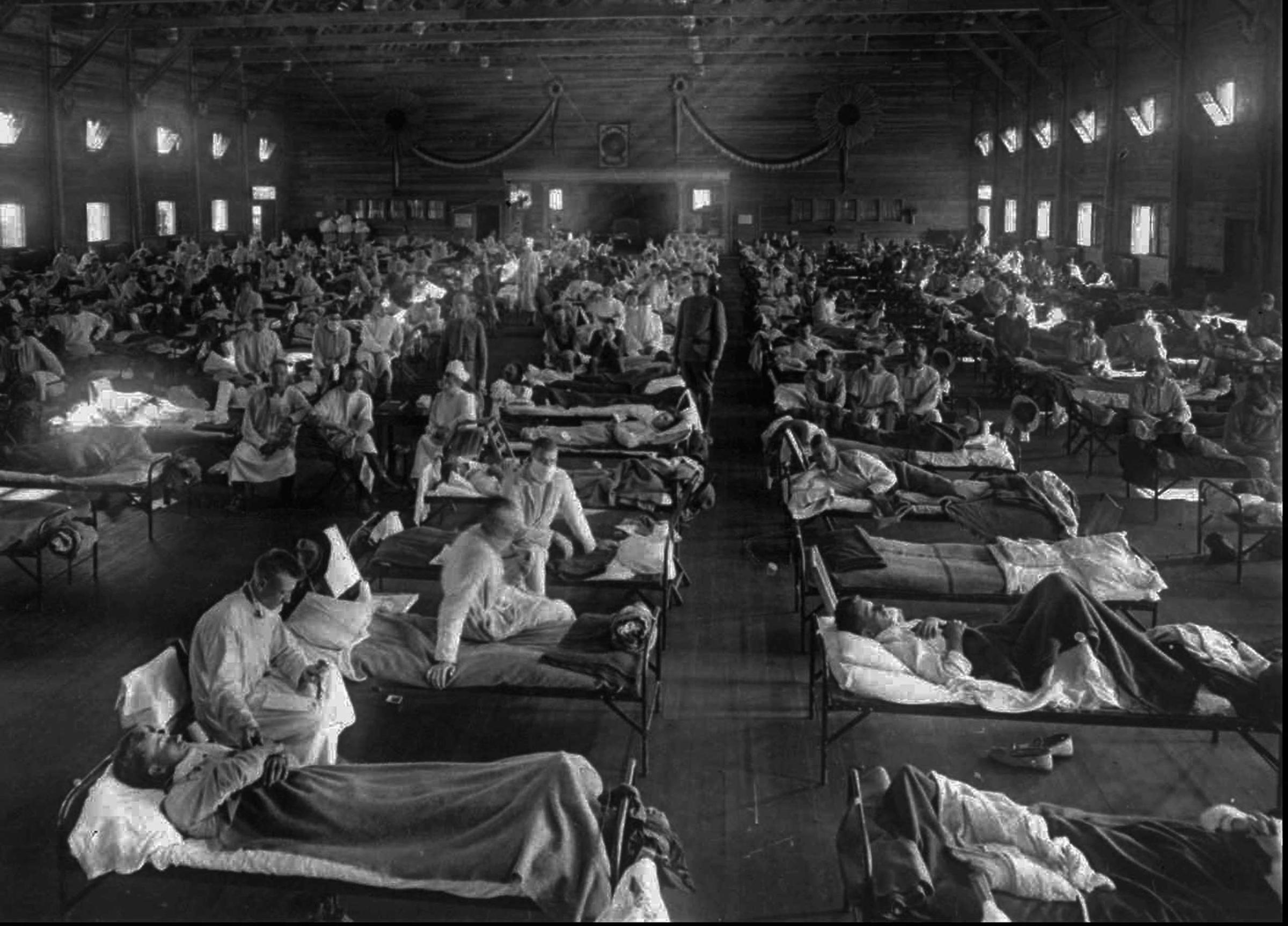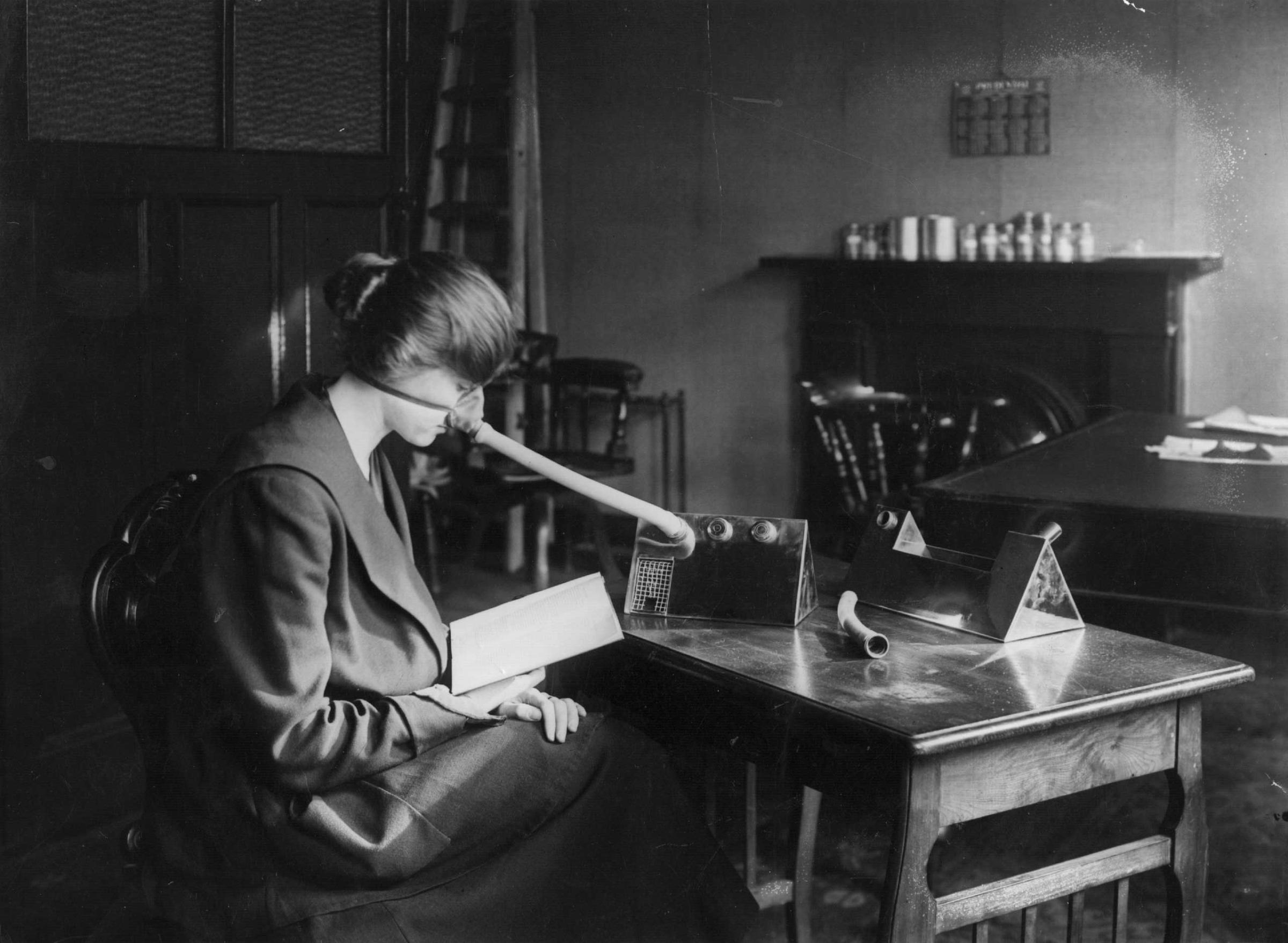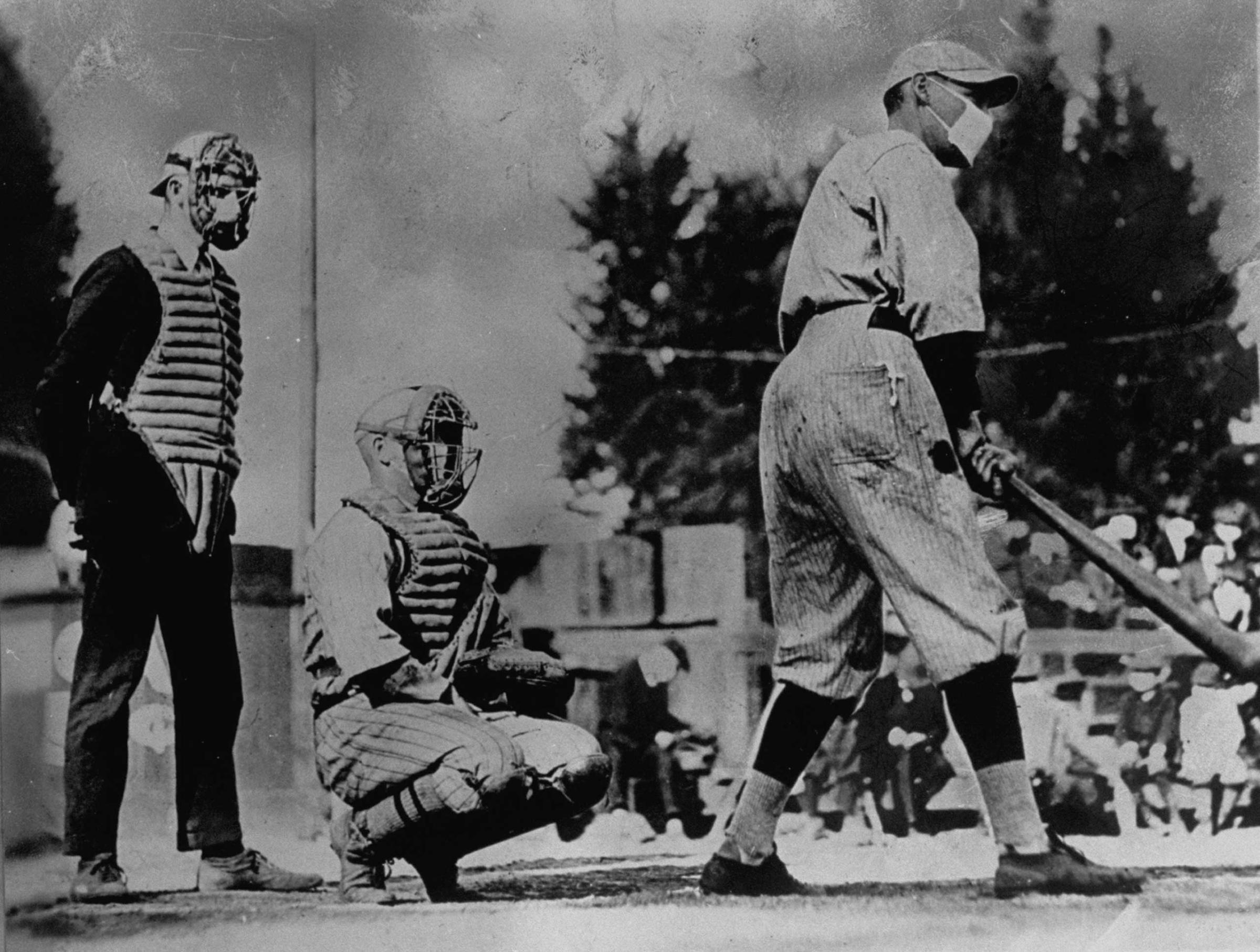
The harrowing Ebola outbreak that is overwhelming so many communities in West Africa and has sparked fears that the severe, often fatal illness will make its way to other parts of the globe has also raised the specter of previous pandemics. And of all those awful natural disasters, none was more devastating than the 1918 flu pandemic (the “Spanish Flu”) that infected an estimated half a billion people around the globe and, by most estimates, killed somewhere between 50 and 100 million people—at the time, three to five percent of the world’s population.
[See all of TIME.com’s Ebola coverage]
America didn’t escape the ruin: according to the United States’ National Archives, in one year, the average life expectancy in the United States dropped by 12 years. All told, more than 675,000 men, women and children in the U.S. died of the virus.
Here, we remember what the world looked like as the post-World War I pandemic ran its lethal course—before ending, almost as rapidly as it began, in the early summer of 1919.








More Must-Reads from TIME
- Donald Trump Is TIME's 2024 Person of the Year
- Why We Chose Trump as Person of the Year
- Is Intermittent Fasting Good or Bad for You?
- The 100 Must-Read Books of 2024
- The 20 Best Christmas TV Episodes
- Column: If Optimism Feels Ridiculous Now, Try Hope
- The Future of Climate Action Is Trade Policy
- Merle Bombardieri Is Helping People Make the Baby Decision
Contact us at letters@time.com